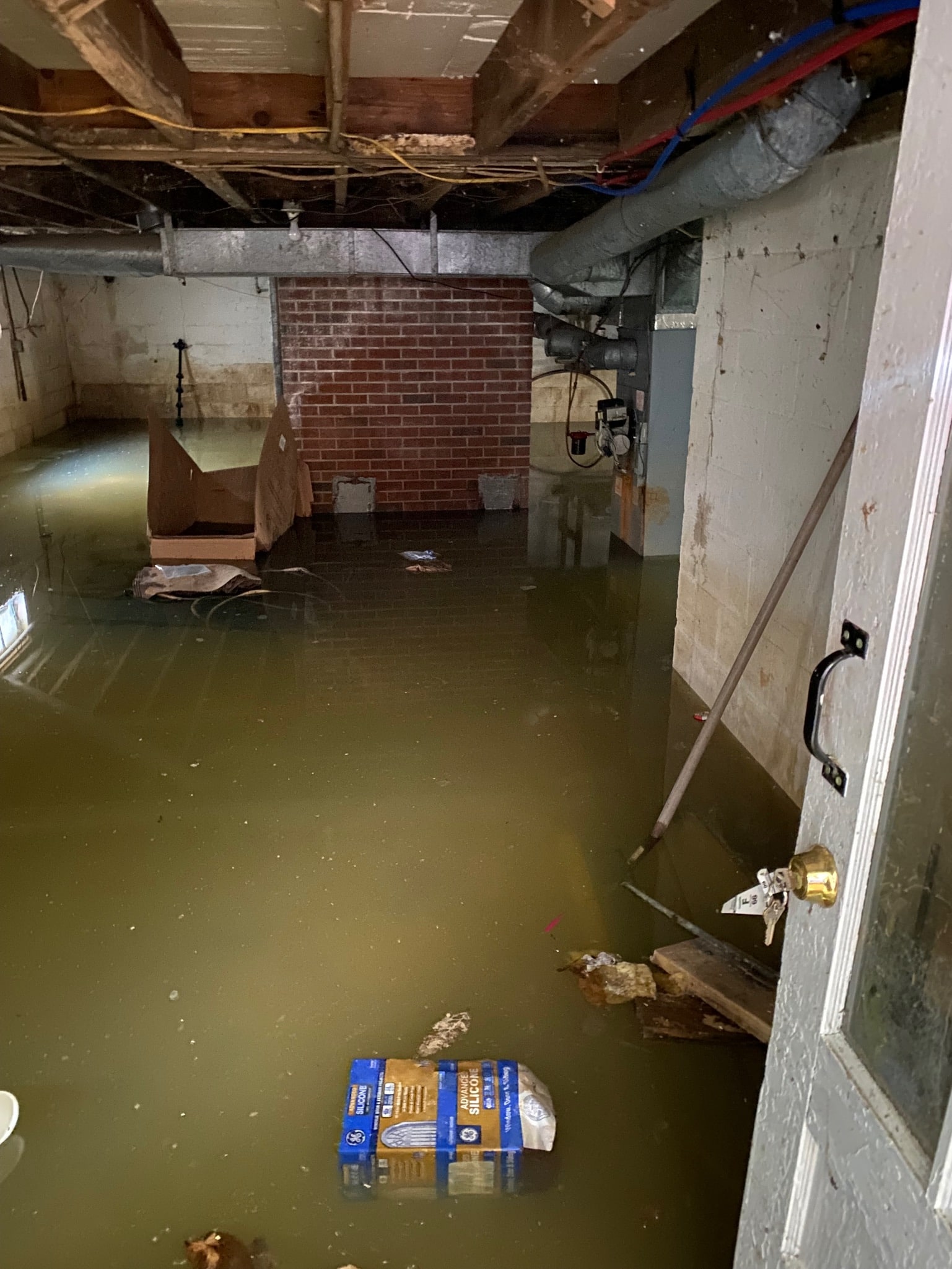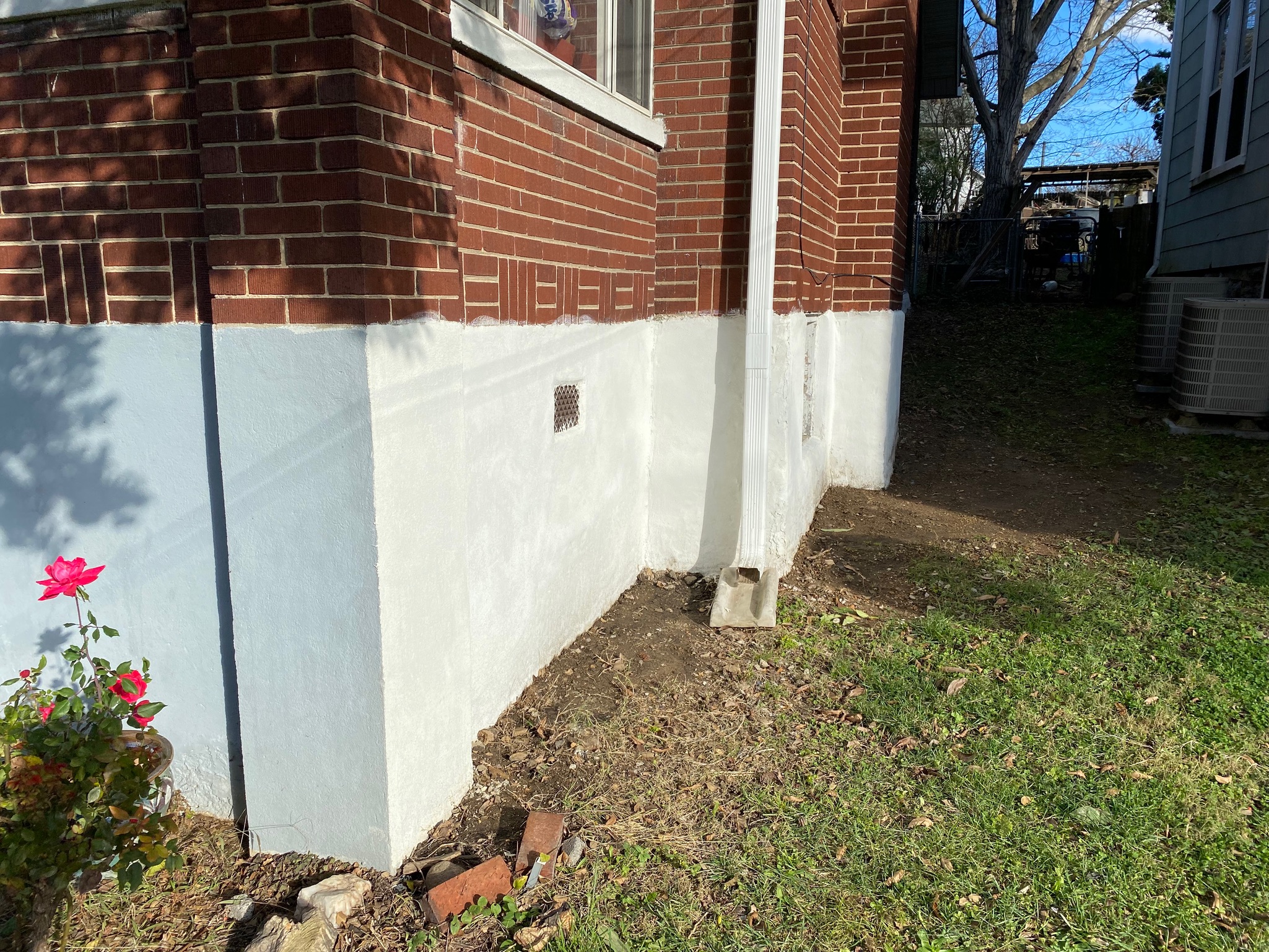When it comes to safeguarding your home from water damage, you’ve likely considered both interior and exterior basement waterproofing. Each approach offers unique benefits and drawbacks. You may favor interior methods for their cost-effectiveness, but what about the potential moisture buildup? On the other hand, exterior waterproofing provides robust prevention, yet at a steeper cost. As you weigh your options, the choice isn’t always clear-cut. So, how do you determine which method best suits your needs and budget? Let’s dissect the pros and cons of each to help you make an informed decision.
Key Takeaways
- Interior waterproofing is cost-efficient, fast to install but may lead to moisture buildup and structural concerns.
- Exterior waterproofing provides effective drainage and long-term protection but can be costly and disruptive to install.
- The choice between interior and exterior methods depends on the severity of water issues and the property’s layout.
- While interior waterproofing is less invasive, exterior waterproofing offers a more comprehensive solution by preventing water intrusion from the start.
- Professional guidance is crucial for both methods to ensure proper installation, ongoing maintenance, and protecting investment in property.
Understanding Basement Waterproofing

Before diving into the pros and cons, it’s crucial to first understand what basement waterproofing actually entails. Essentially, it’s a process designed to prevent basement moisture from entering your living space. This moisture, if left unchecked, can lead to severe issues such as mold growth and structural damage. Hence, investing in waterproofing methods is a protective measure for your home.
There are various waterproofing methods available to you. These techniques can be categorized into two main types: interior and exterior.
Interior methods focus on managing water once it’s already made its way into your basement, while exterior methods aim to prevent water from entering in the first place. Each type has its own strengths and weaknesses, and the best method for you depends on your particular situation.
To further understand these methods, it’s important to recognize the common sources of basement moisture. These include rainwater and groundwater seepage, condensation, and humidity.
Interior Waterproofing: Pros
So, you’re considering interior waterproofing for your basement.
It’s a great option with various benefits, but it’s important to know what you’re getting into.
Let’s discuss the pros of choosing interior waterproofing.
Interior Waterproofing Benefits
Let’s dive into the benefits of interior waterproofing. One of the most significant advantages is moisture control. By waterproofing the interior of your basement, you’re effectively creating a barrier that prevents water and moisture from seeping into your living space. This not only helps keep your basement dry but also protects your belongings from potential water damage.
Another key benefit is foundation protection. Over time, unchecked water seepage can compromise the structural integrity of your home. But with proper interior waterproofing, you can protect your home’s foundation from the damaging effects of water and moisture.
Interior waterproofing also often involves the installation of drainage systems. These systems work to redirect water away from your home, ensuring it doesn’t pool around your foundation where it can cause issues.
Lastly, let’s talk about cost efficiency. Compared to exterior waterproofing, interior methods are often more affordable. This is because they typically require less labor and materials, which can save you a considerable amount of money.
Potential Interior Drawbacks
While interior waterproofing offers a host of advantages, it’s important to also consider potential drawbacks. A primary concern you might face is moisture buildup. Despite your best efforts to waterproof, moisture can still accumulate within your basement’s walls, leading to dampness and potential mold growth. This not only compromises your home’s air quality but can also result in costly damage repairs.
Moreover, interior waterproofing mightn’t fully address structural concerns. It’s designed to manage water once it’s already inside your home, rather than preventing water from entering in the first place. Thus, over time, constant water pressure from the outside can lead to structural damage to your basement walls and foundation. This can be particularly problematic if you’re living in an area prone to heavy rainfall or if your home sits on a high water table.
Lastly, remember that the installation process can be disruptive and messy. Workers may need to drill into your basement floor to install a drainage system, which can create noise and dust.
Interior Waterproofing: Cons
Although interior waterproofing can be a lifesaver in many situations, it’s not without its drawbacks. Remember, it’s an interior solution, meaning it’s designed to manage water once it’s entered your basement, not prevent water from entering altogether. Therefore, it’s less about moisture control and more about managing moisture once it’s already inside. This can create a reliance on interior drainage systems, which can be problematic if they fail or become blocked.
Cost can be an issue too. While interior waterproofing might seem like the cheaper option upfront, maintaining and repairing these systems can add up over time. Moreover, if your basement’s moisture issues are severe, you might need to invest in more expensive solutions like sump pumps.
Further, interior waterproofing doesn’t address exterior issues like soil pressure or exterior wall cracks which can lead to more severe structural problems in the long run.
Here’s a quick breakdown to help you visualize the cons:
| Drawback | Impact | Consideration |
|---|---|---|
| Reactive, not preventive | Manages water once inside | Reliance on drainage systems |
| Costly | Upfront cheaper, long-term expensive | Ongoing maintenance and repairs |
| Doesn’t address exterior issues | Neglects soil pressure, wall cracks | Potential for structural problems |
Exterior Waterproofing: Pros
Let’s now shift our focus to the advantages of exterior waterproofing.
You might find that it offers some significant benefits that could make it the right choice for your situation.
We’re going to discuss these advantages to help you understand why it might be a viable option to consider.
Exterior Waterproofing Benefits
Over time, exterior waterproofing has proven to be a significant home investment with numerous benefits.
It’s a foolproof way to protect your home from water damage. But what exactly makes it so beneficial? Let’s dive in.
First off, exterior waterproofing provides an excellent drainage system. This means water is effectively directed away from your home’s foundation.
It’s no secret that water is a home’s worst enemy, and this system ensures it doesn’t get a chance to wreak havoc. You’ll be amazed at how efficient and reliable these drainage systems can be.
Secondly, exterior waterproofing is a champion in soil management. It reduces the amount of water that seeps into the soil around your home.
This leads to less soil erosion and prevents soil saturation, which can cause structural damage to your house.
Potential Drawbacks & Limitations
So, what could possibly be the downsides to exterior waterproofing? Well, it’s not all sunshine and rainbows. Despite being a robust moisture control strategy, it does come with its own set of limitations.
Firstly, you’ll need to be prepared for a considerable investment. Exterior waterproofing can be more costly than other drainage solutions. The extensive excavation work needed to install the system can quickly rack up the bill.
And let’s not forget the possible landscaping or hardscaping repairs post-installation.
Secondly, the process can be quite disruptive. Your yard may need to be dug up, and your daily routine could be interrupted by the work. If you’re not ready to handle this disruption, it might be a significant drawback for you.
Finally, it’s worth noting that while exterior waterproofing is excellent at keeping water out, it doesn’t address interior moisture issues. So, if you’ve got condensation problems inside your basement, you’ll need additional solutions.
In the end, it’s about weighing the pros and cons. Exterior waterproofing is a fantastic way to protect your home, but it’s essential to consider the potential drawbacks before diving in.
Exterior Waterproofing: Cons
Why invest in exterior waterproofing for your basement if it comes with certain drawbacks? One significant con is the cost. Exterior waterproofing is generally more expensive than interior options. You’re not just paying for materials, but also for the intensive labor that comes with excavating around your home.
Another limitation is the disruption it causes. Expect your lawn and landscaping to be affected during the process. The method could also be less effective depending on soil types. Certain soil types can make the installation of drainage systems challenging.
Lastly, exterior waterproofing doesn’t address water issues coming from inside your home like high humidity levels or condensation. Let’s break it down in the table below:
| Disadvantages | Explanation | Effect |
|---|---|---|
| High Cost | More expensive due to labor and materials | Financial strain |
| Disruption | Affects lawn and landscaping | Temporary inconvenience |
| Soil Types | Certain soils can hinder drainage system installation | Possible ineffectiveness |
| Doesn’t Handle Internal Moisture | Can’t address humidity or condensation | Limited solution |
Making the Right Choice

Choosing the right waterproofing method for your basement isn’t always straightforward. You have to consider numerous factors, including cost comparison and installation differences.
When making this critical decision, consider the following three factors:
- Budget: Both interior and exterior waterproofing have their own cost implications. Interior waterproofing is typically less expensive, but remember, it’s merely a damage control strategy.
Exterior waterproofing, though costlier, offers a more comprehensive solution.
- Accessibility: Installation differences between the two methods are significant. Exterior waterproofing requires extensive excavation, which may not be feasible if your house is close to other structures.
Interior waterproofing is less invasive.
- Severity of the Problem: If your basement has significant water problems, exterior waterproofing might be your best bet.
It’s more thorough and prevents water from ever reaching your basement walls. For minor dampness issues, interior waterproofing should suffice.
It’s crucial to weigh these considerations carefully. Don’t rush into a decision.
Instead, consult with a professional waterproofing company to help guide your choice. They’ll assess your situation and help you make the right choice, ensuring your basement stays dry and your investment is well-protected.
Frequently Asked Questions
What Is the Average Cost Difference Between Interior and Exterior Basement Waterproofing?
You’re likely wondering about the average cost difference between interior and exterior basement waterproofing.
It’s important to note that exterior waterproofing tends to be more costly due to the extensive labor and materials involved.
However, the cost comparison isn’t straightforward. It depends on factors like the size of your basement and the waterproofing materials used.
Always get quotes for both options before making a decision.
How Long Does the Waterproofing Process Typically Take for Both Interior and Exterior Methods?
You’re curious about the installation timeline for basement waterproofing.
Generally, the process duration depends on the method used. Interior waterproofing can take 1-2 days, but if there’s a lot of seepage, it might take up to a week.
Exterior waterproofing is more labor-intensive and can take 1-2 weeks.
Is It Possible to Waterproof a Basement DIY, or Is Professional Intervention Necessary?
You can certainly attempt DIY methods for basement waterproofing, but it’s not always recommended.
While you’ll save on costs, it requires a high skill level and can be time-consuming.
Additionally, if not done properly, you may face serious issues down the line.
Professional services, though more expensive, ensure a thorough job.
Remember, your basement’s integrity is at stake.
What Are the Potential Health Risks Associated With a Non-Waterproofed Basement?
If your basement isn’t waterproofed, you’re at risk for mold growth.
Moisture creates the perfect environment for mold, which can impact your home’s air quality significantly. Breathing in mold spores can lead to allergies, asthma attacks, and other respiratory issues.
So, it’s not just about water damage to your property—it’s about your health too.
Waterproofing your basement isn’t just a home improvement project, it’s an investment in your well-being.
Are There Any Specific Maintenance Tasks Needed to Ensure the Longevity of Basement Waterproofing?
Yes, there are specific maintenance tasks for basement waterproofing longevity.
You’ll need to regularly inspect your drainage systems to ensure they’re free of debris and functioning properly.
It’s also important to check for any signs of wear or damage.
Regular maintenance not only prolongs the life of your waterproofing but also helps prevent potential basement flooding or moisture-related issues.
It’s part of responsible homeownership.
Deciding between interior and exterior basement waterproofing can be tricky. If you’re on a tight budget and need a quick solution, interior methods might be your best bet. But if you’re aiming for long-term prevention and don’t mind the higher cost and disruptions, consider exterior waterproofing. Ultimately, it’s about weighing the pros and cons and choosing what suits your needs. Remember, a dry, safe basement adds to your home’s livability and value.

Seal-tite Basement Waterproofing Co. is a full service basement environment contractor. We carry an A+ Better Business Bureau rating. We repaired over 40,000 homes and structures in Virginia, West Virginia, Tennessee, and North Carolina. We are fully insured and licensed. We have worked in all types of locations, including residential and commercial locations, government agencies, colleges, hospitals, churches, and condo associations.
Seal-tite® offers a lifetime transferable warranty. We carry a Class A Contractor’s License and we are fully insured. Our satisfied customers range from government agencies to businesses, hospitals, colleges, churches, and thousands of homeowners. Your home is probably the single largest investment you will make in your lifetime. Don’t wait, call Seal-tite® to help make your home dry, safe and livable.

